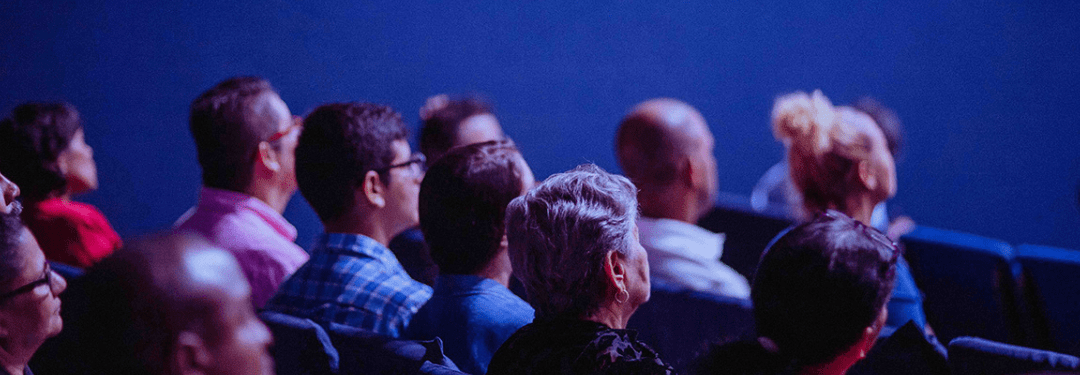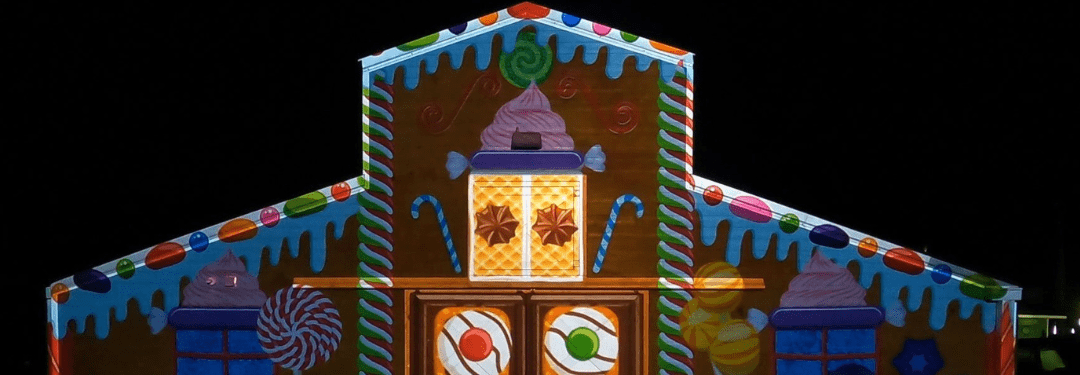
The Importance of Assistive Hearing Systems in Public Spaces
Hearing loss affects millions of individuals globally, significantly impacting their ability to participate fully in public life. In the United States alone, 15.5% of American adults have some degree of hearing impairment. This reality presents a unique challenge in ensuring that public spaces are accessible and inclusive for everyone. One of the key solutions to this challenge is the implementation of assistive listening systems. These systems are not just a means to comply with legal requirements but are also crucial in fostering an environment where every individual has the opportunity to engage and participate without barriers.
What is an assistive listening system?
Assistive hearing systems (AHS) are specialized audio solutions that aid individuals with hearing loss in various public settings. These systems work by enhancing sound clarity and reducing background noise, improving speech understanding and overall auditory experience. There are several types of AHS, each suited to different environments and needs:
- Induction Loop Systems: Utilize electromagnetic fields to transmit sound directly to hearing aids equipped with telecoils (T-coils).
- FM Systems: Employ frequency modulation to send audio signals to portable receivers worn by the user.
- Infrared Systems: Use infrared light to transmit sound, ideal for confidential settings due to their limited range and inability to pass through walls.
Each system offers unique benefits, making it suitable for various settings, from theaters and classrooms to conference centers and public gatherings.
Are assisted listening devices required?
Legal Compliance with the ADA
The Americans with Disabilities Act (ADA) mandates that public spaces provide accommodations to ensure accessibility for individuals with disabilities, including those with hearing impairments. This includes the requirement for assistive hearing systems in certain venues such as:
- Theaters and Auditoriums: Must provide a certain number of listening devices based on seating capacity.
- Classrooms and Conference Centers: Require systems that facilitate clear communication for all participants, including those with hearing loss.
…plus hotels, stadiums, museums, and more. Compliance with these regulations is not only a legal obligation but also a moral one, ensuring that public spaces are welcoming to everyone.
Technological Advancements in Assistive Hearing
Assistive hearing technology has seen remarkable advancements in recent years, significantly enhancing the user experience for individuals with hearing impairments. These technological improvements have not only made these systems more effective but also more user-friendly and adaptable to various environments.
- Sophisticated Sound Processing: Modern assistive hearing systems now come equipped with advanced sound processing capabilities. This technology allows for clearer sound quality, reducing background noise and enhancing speech clarity, which is crucial in busy public spaces.
- Wireless Connectivity: The integration of wireless technology has been a game-changer. Systems can now seamlessly connect with a range of devices, including smartphones and hearing aids, offering users a more personalized and convenient experience.
- Discreet and Comfortable Design: Recent designs of assistive hearing devices focus on being less obtrusive and more comfortable for the user. This shift not only improves the user experience but also encourages more widespread adoption.
Looking ahead, we can expect further integration with digital technology, such as AI and machine learning, to provide even more personalized listening experiences. The potential for cloud-based systems could also allow for real-time adjustments and updates to systems, further enhancing their effectiveness.
The Business Case for Assistive Hearing Systems
These advancements are making assistive hearing systems not just a compliance tool, but a significant enhancement to the user experience in public venues. By accommodating individuals with hearing loss, venues can significantly expand their audience and customer base. Providing assistive hearing systems shows that a venue is considerate of all its guests’ needs. This inclusivity can lead to increased patronage and revenue, as well as enhanced brand image and customer loyalty, making it an accommodation that makes sound business sense even when not required.
Implementing Assistive Hearing Systems with Starlite
We recognize the importance of accessibility in event technology. Our expertise in audiovisual and lighting solutions extends to assistive hearing systems, where we are committed to providing the best experience for everyone involved. Our team is well-versed in the latest technologies and stays up-to-date with the latest trends and advancements to ensure our clients have access to the best solutions available.
We understand each venue has its unique challenges and requirements. Our approach involves working closely with you to assess your specific project needs and space. Whether it’s a theater, a conference center, or an educational institution, we tailor our systems to provide optimal performance.
Starlite’s experienced team is dedicated to helping our clients create unforgettable audio-visual experiences. Contact us today at [email protected] to discuss your next project.
